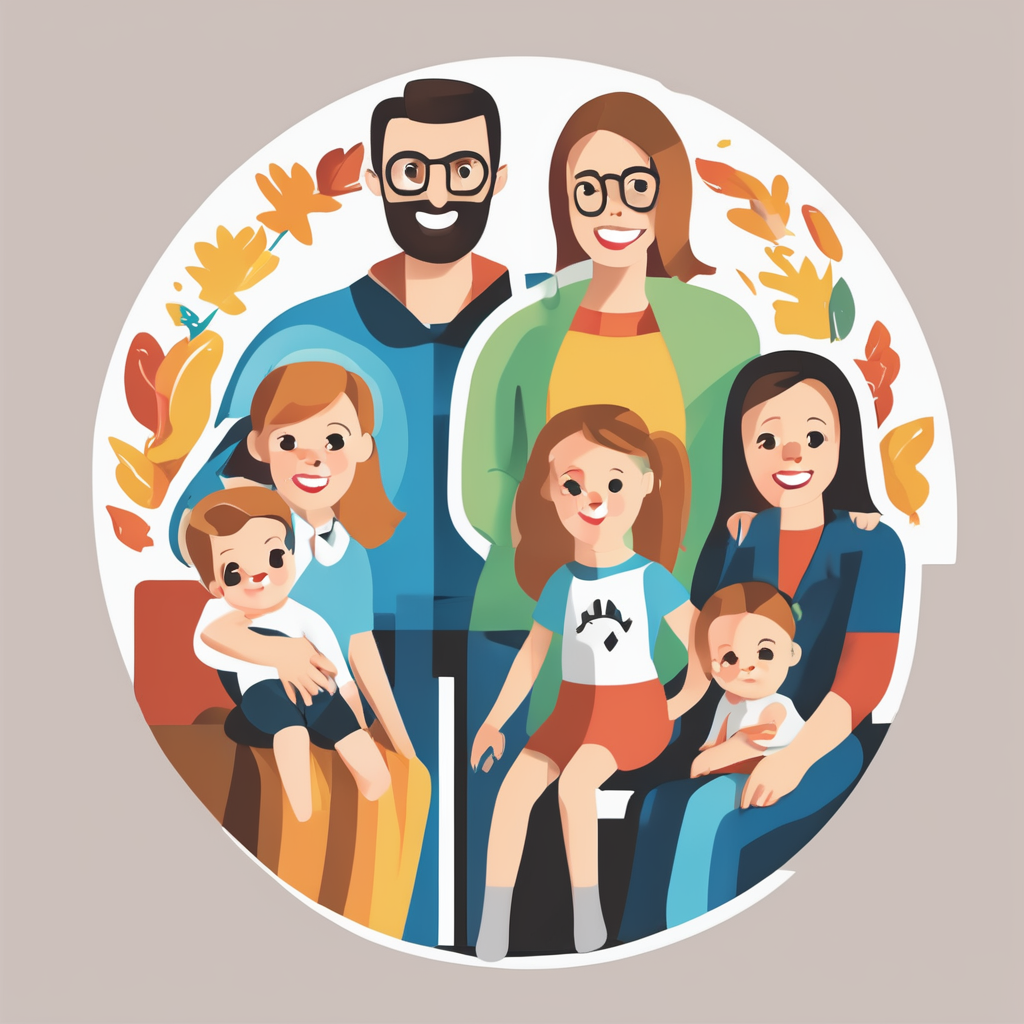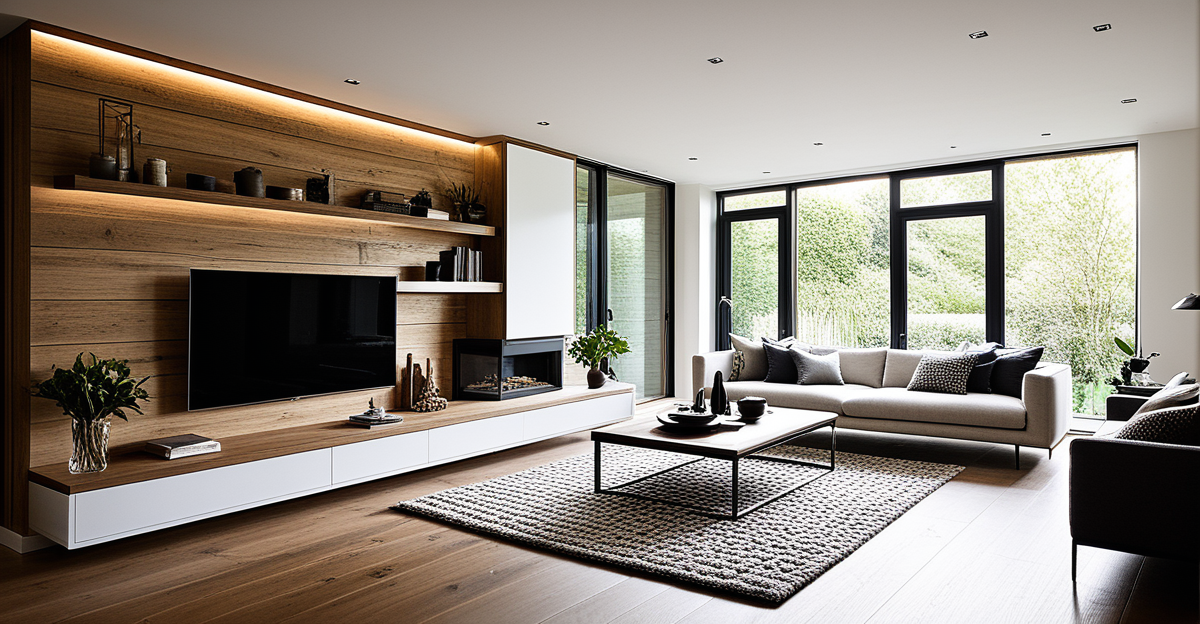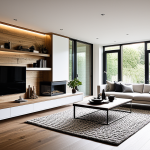Essential Elements for Upgrading Home Interiors
When diving into interior design fundamentals, mastering the basics is vital. An effective upgrade starts with a deliberate focus on home improvement basics—particularly the use of cohesive color schemes and materials. Harmonizing hues and textures not only enhances visual appeal but ensures your home feels unified and inviting.
Balancing function and aesthetics is another crucial design principle. A beautifully designed space that isn’t practical can be frustrating, while purely functional rooms might lack warmth. Achieving this balance means considering how each area will be used alongside its look.
Also read : What are the essential tips for maintaining a cozy UK home?
To maintain consistency, establish a style guide for your home. This guide serves as a reference for your chosen palette, materials, and overall vibe, helping to avoid clashes and reinforce your design choices. It supports both small updates and larger renovations by promoting cohesion.
Ultimately, applying these interior design fundamentals creates a foundation for meaningful and satisfying home improvements that reflect your personality and lifestyle.
Also read : What are the must-have smart home gadgets for UK living?
Essential Elements for Upgrading Home Interiors
Mastering the interior design fundamentals is crucial for successful home improvement basics. A key principle is establishing a cohesive color scheme that ties different materials and textures together throughout your space. This creates harmony and elevates the aesthetic appeal. For example, pairing warm wood tones with soft neutral walls can foster a welcoming atmosphere while allowing accent colors to shine.
Balancing function and aesthetics is another core design principle. Spaces must be visually pleasing yet practical to live in. Thoughtful furniture placement and durable finishes ensure your rooms are not only stylish but also comfortable and easy to maintain.
Developing a personal style guide helps maintain consistency across rooms and simplifies future updates. This guide might include preferred color palettes, material types, and design motifs that reflect your taste. When upgrading, referencing this guide keeps your home’s look unified and purposeful, ensuring that every improvement supports your overall vision.
Creative Decorating Ideas and DIY Enhancements
Explore DIY home décor to infuse personality and affordability into your space. Incorporating unique art and personal décor accents creates a distinct environment without breaking the bank. For example, framing family photos or showcasing handmade crafts adds warmth and character.
Upcycling and repurposing furniture pieces is a rewarding approach within creative interior solutions. Transform old chairs into vibrant statement pieces or revamp worn tables with fresh paint and new hardware to breathe new life into your rooms.
Simple DIY projects can dramatically refresh living spaces. Tasks like creating custom wall art, sewing throw pillow covers, or assembling floating shelves merge creativity with practicality. These affordable decorating strategies offer both visual impact and functional improvements.
Combining these techniques with thoughtful design choices contributes to a harmonious aesthetic while maintaining budget-friendly affordable decorating goals. Embracing DIY home décor not only enhances your interior but also encourages a hands-on connection to your living environment, making upgrades enjoyable and uniquely yours.
Creative Decorating Ideas and DIY Enhancements
Injecting personality into your home through DIY home décor is a rewarding way to embrace affordable decorating without sacrificing style. Incorporating unique art and personal accents adds character and tells your story. For example, handmade wall art or family-photo displays create conversation starters that enrich the living space.
Upcycling and repurposing furniture pieces breathe new life into existing items, aligning perfectly with the ethos of creative interior solutions. Transform an old dresser with a fresh coat of paint or turn vintage doors into a rustic coffee table. These projects not only reduce waste but also result in distinctive pieces that elevate your décor.
Simple DIY projects, such as crafting decorative pillows or assembling floating shelves, can refresh rooms quickly and cost-effectively. These endeavors foster creativity while enhancing functionality and aesthetic appeal. Embracing DIY home décor empowers you to tailor your space precisely to your taste, making home improvement basics more accessible and gratifying.
Transforming Rooms with Strategic Lighting Choices
Lighting plays a pivotal role in interior design fundamentals by affecting both atmosphere and functionality. Effective home lighting ideas revolve around layered illumination, combining ambient, task, and accent lights to accommodate various moods and activities. For instance, ambient lighting provides general brightness, while task lighting focuses on specific areas like reading nooks or kitchen counters. Accent lighting highlights architectural features, enhancing the room’s aesthetic appeal and depth.
Trending design lighting tips include the integration of smart lighting systems. These offer customizable brightness and color settings controlled remotely or via automation, promoting energy efficiency and convenience. Fixtures such as pendant lights, wall sconces, and LED strips remain popular for their style versatility and ability to complement cohesive color schemes and materials already established in your home’s design.
Highlighting structural elements through strategically placed lights amplifies the overall design impact, aligning perfectly with core design principles. Using illumination to balance function and aesthetics ensures spaces are visually pleasing and practical. This intentional approach to lighting elevates home improvement basics by enriching both the ambiance and usability of each room.
Transforming Rooms with Strategic Lighting Choices
Lighting plays a pivotal role in interior design fundamentals by enhancing both aesthetics and functionality in your home. Effective home lighting ideas begin with layered illumination, which combines ambient, task, and accent lighting. This approach allows you to adapt lighting to different moods and activities, ensuring every space serves its purpose beautifully.
Trending fixtures now feature sleek designs and smart technology, integrating with home automation for convenience and energy efficiency. Smart lighting options offer customizable brightness and color temperature, enabling seamless transitions from bright workspaces to cozy relaxation zones without changing fixtures.
Highlighting architectural features through targeted lighting adds depth and interest. For instance, wall sconces can emphasize textured walls, while recessed lights illuminate alcoves or artwork subtly. Such design lighting tips elevate overall ambiance by drawing attention to your home’s unique characteristics.
Incorporating these strategies into your lighting plan aligns with key design principles: balancing function with style. Thoughtful illumination transforms rooms, enhances comfort, and unifies your interior aesthetic, reinforcing your commitment to successful home improvement basics.
Essential Elements for Upgrading Home Interiors
Establishing a cohesive color scheme is fundamental within interior design fundamentals. It unifies materials and textures, creating harmony across rooms and elevating your home’s visual appeal. Think beyond matching colors—consider how finishes and fabrics complement your palette to build depth and interest.
Balancing function and aesthetics requires thoughtful planning to ensure spaces serve their intended purposes without sacrificing style. For example, a living area should accommodate comfortable seating while aligning with your chosen design principles. Durable materials paired with visually appealing elements extend longevity and maintain beauty.
Developing a personalized style guide solidifies your home’s identity and streamlines decision-making during renovations or updates. This guide includes preferred color palettes, material types, and recurring motifs that reflect your taste and lifestyle. Relying on this blueprint avoids inconsistency and supports cohesive upgrades aligned with fundamental design practices.
Altogether, mastering these home improvement basics creates inviting, practical, and harmonious interiors that resonate with your vision, making every update purposeful and effective.
Impactful Use of Furniture and Layout
Effective furniture arrangement is central to optimizing your interior layout. By selecting versatile pieces, you create adaptable spaces that enhance both comfort and style. For instance, modular sofas or nesting tables offer flexibility, allowing rooms to adjust to different uses effortlessly. This aligns with core interior design fundamentals, where form and function coexist.
Strategic layout planning improves flow and maximizes space utilization. Positioning furniture to define zones—such as separating dining and lounging areas—helps organize open-plan rooms while maintaining openness. Thoughtful spacing prevents clutter and supports ease of movement, which is a key home improvement basics principle.
In smaller or multi-use rooms, multi-functional furniture is invaluable. Items like storage ottomans or fold-away desks save space without sacrificing practicality. These solutions reflect essential design principles by balancing aesthetics with everyday needs, fostering rooms that are both attractive and highly functional.
Essential Elements for Upgrading Home Interiors
A foundational interior design fundamentals concept is mastering cohesive color schemes and materials. Cohesion means more than matching hues; it involves blending textures and finishes to create a unified visual flow. This consistency strengthens your home’s overall appeal and prevents design fragmentation.
Balancing function and aesthetics remains a core design principle. To achieve this, consider how spaces will be used daily. Choose materials that combine durability with style—like easy-to-clean surfaces that also feature elegant finishes. Functionality ensures comfort and usability without sacrificing the room’s look.
Establishing a style guide is crucial for maintaining design integrity over time. This personalized blueprint documents preferred palettes, material choices, and motifs that echo throughout your home. It guides decisions on updates or new additions, reducing the risk of mismatched elements. Treat it as a living tool to support consistent renovations aligned with your vision.
By applying these home improvement basics—focused on color harmony, practical style, and strategic planning—you build interiors that are both beautiful and purposeful.
Essential Elements for Upgrading Home Interiors
A critical aspect of interior design fundamentals is selecting and implementing a cohesive color scheme alongside complementary materials. This synergy unifies disparate rooms, creating visual flow and enhancing overall harmony. The choice of colors should consider not only hue but texture and finish, as these elements interact to deepen the space’s character and mood.
Balancing function and aesthetics within each room requires conscious planning. A space must fulfill its intended use effectively without sacrificing beauty. For example, durable surfaces paired with visually appealing designs ensure longevity and style coexist, a principle vital to solid home improvement basics.
To streamline decision-making, establishing a comprehensive style guide tailored to your preferences is essential. This guide encapsulates your chosen palettes, material selections, and design motifs, forming a reliable reference. Relying on such a blueprint prevents inconsistency during upgrades and nurtures a unified look aligned with foundational design principles.
Together, these elements forge interiors that are practical, beautiful, and distinctly yours, reflecting both your personality and lifestyle needs.




